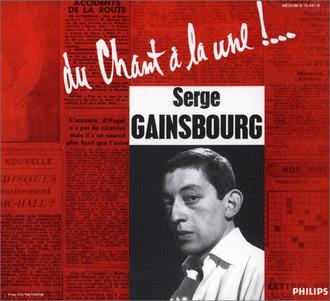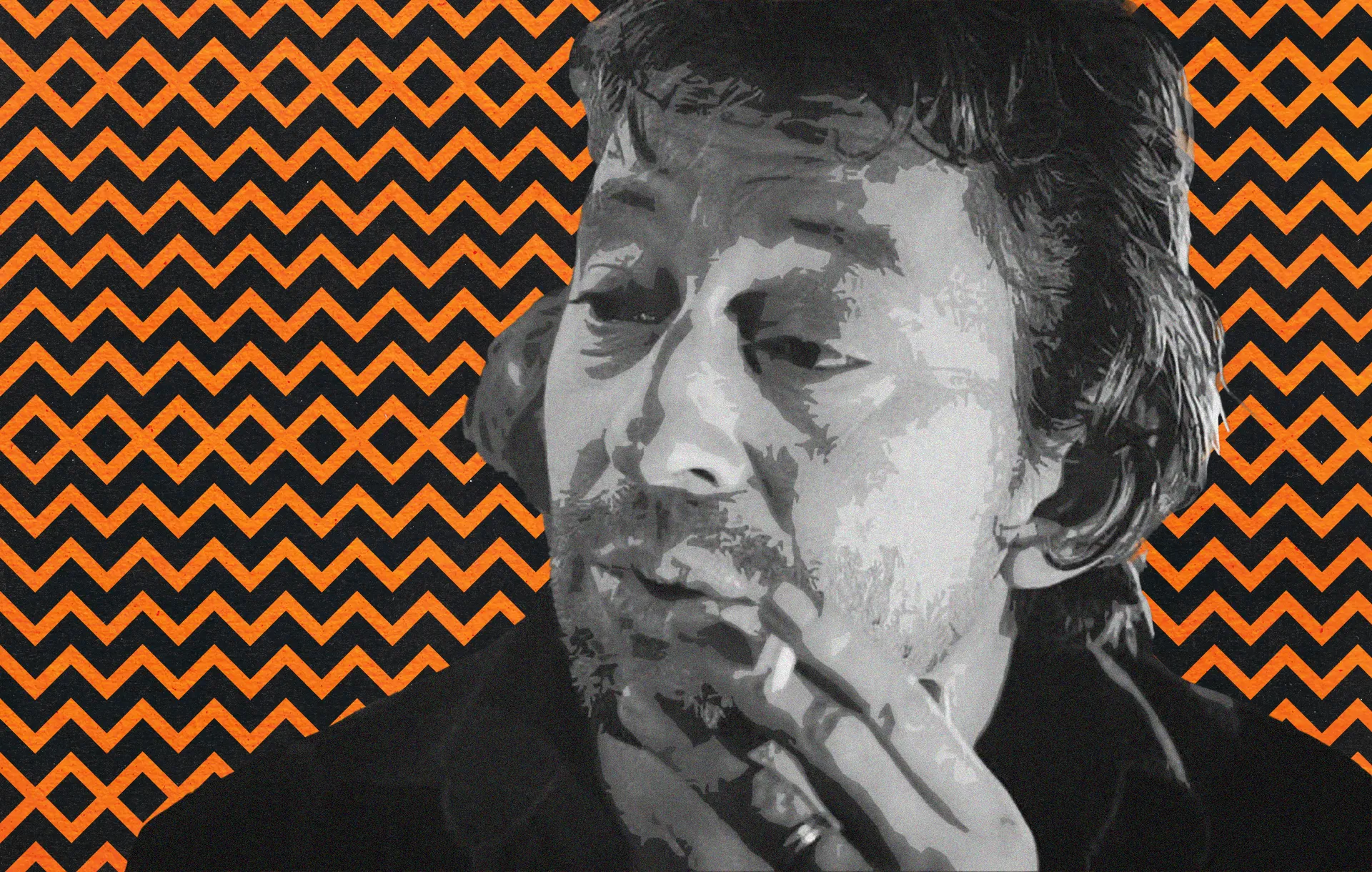There is a story, possibly an urban legend about the late Serge Gainsbourg, a music legend, not only in France but around the world about his coming to Jamaica in 1978 to record a reggae album. Gainsbourg wanted primarily to enlist the services of the famous reggae rhythm section of Sly and Robbie.
Supposedly, the duo was having their afternoon joint moment when somebody came up to tell them that Gainsbourg is in town, wanting to record with them.
“Serge, who?” retorted the duo, “we’re busy and don’t have time just for everybody.”
“Serge, the ‘J’taime’ guy…” added the messenger, but he didn’t have time even to finish the sentence, as the duo shouted in unison:
“Why didn’t you say so right away, we’re coming now!”
Makes no difference whether the story is true or not, it goes around and shows not only how well Gainsbourg was known, but also for what he was known — the first song that reached number one in numerous countries even though it was banned from radio play for its explicit sexual connotations. Actually, a song that in many ways characterized not only Gainsbourg’s career but also his personal life digested in a modified title of another well-known song, this one by another late musician — Ian Dury – Sex, drugs (alcohol, cigarettes), and rock and roll (and any other music genre).
No Serge Gainsbourg album would be complete without an ode to theatre and cinema, or better said a few of them. Not just because he was also a scriptwriter, but due to the fact that Serge lived his life as if it was one big movie scene. His lyrics were often filled with theatrical-style lines and odd references that made sense only when presented in the proper context.
He remains one of the biggest icons in French music history and one of these stories is what makes Serge Gainsbourg both a legend and an inspiration for generations to come.
Would Gainsbourg have survived the cancel culture?
We’ll never know, but he sure managed to make his mark in history. Serge Gainsbourg’s music can still be heard on the radio and his influence is undeniable. He was a pioneer in combining genres and pushing the boundaries of what could be said through music.
Gainsbourg captivated audiences with a range of musical styles — from jazz and yé-yé to rock, funk, reggae, and electronica. His provocative releases caused quite a stir across France and beyond – cementing his position as one of the most influential popular musicians in history.
Infamous for his controversial, provocative, and sexually-charged lyrics, Gainsbourg is renowned worldwide as one of France’s most beloved musical legends. His 550+ songs have been covered an impressive 1,000 times since his passing in 1991; claiming chart success beyond French borders with “Je t’aime… moi non plus” & “Bonnie and Clyde.” Even more remarkable was the unique influence he had on various genres from reggae to rock — making him a true artistic maverick whose legacy lives on today!
Forget Painting, Jazz is the Way to Go
Gainsbourg started out as a painter, but gave it away, as he realized he didn’t have a talent for it. He then turned to music and started playing in jazz cafés. By the age of 21, he was already a well-known figure in Parisian music circles, having written songs for French stars such as Juliette Gréco and Serge Reggiani.

One of the first identifying elements in his music was the Second world war memory of having to wear the yellow star, which identified Jews in Nazi-occupied Paris. It was a memory that in later years enabled him to transmute this memory into creative inspiration.
The other was the name change. Born Lucien Ginsburg, he changed his name and modified the surname when filling in a form to join the songwriting society SACEM. As his future partner, Jane Birkin relates: “Lucien reminded him of a hairdresser’s assistant.” He chose Gainsbourg as his last name, in homage to the English painter Thomas Gainsborough, whom he admired.
The whole musical story started in 1957 when singer Michèle Arnaud and Milord l’Arsouille club owner Francis Claude discovered the compositions of Gainsbourg while visiting his house to see his paintings.
The next day, Claude presented Gainsbourg with a daunting challenge – perform his own repertoire in front of an audience despite crippling stage fright. Daring to take the risk, he sang “Le Poinçonneur des Lilas,” depicting a man’s mundane work as a ticket puncher on Paris’ Métro and ultimately wishing for another hole – this time in his head.
From then on, Serge Gainsbourg’s career was sealed. His debut album, Du chant à la une !… (1958), was recorded in the summer of that year, backed by arranger Alain Goraguer and his orchestra.
Gainsbourg had his big break in 1960 with the hit single “L’Eau à la bouche,” from a movie of the same name. He skyrocketed to fame again when he breathed new life into Jacques Prévert’s poem, creating “La Chanson de Prévert” on his third album. But it was after an evening spent wining and dining singer Juliette Gréco that Gainsbourg wrote what would become one of his most iconic songs — “La Javanaise.” To this day, audiences love both versions — hers and as sung by her creator. His fourth album, Serge Gainsbourg N° 4 was released in 1962, incorporating Latin and rock and roll influences whilst his next, Gainsbourg Confidentiel (1963), featured a more minimalistic jazz approach, accompanied only by a double bass and electric guitar.




